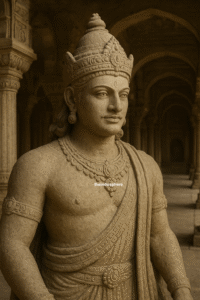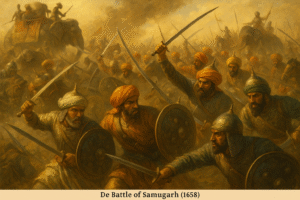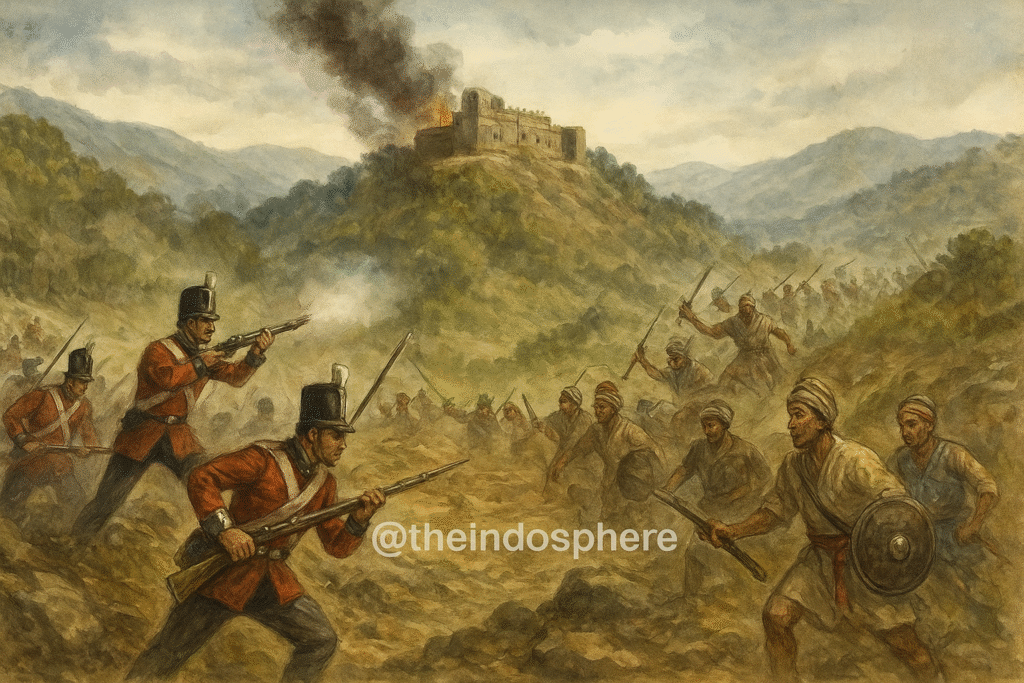
High in the misty foothills of Dehradun lies a little-known monument—an unassuming stone memorial that tells a story as fierce and noble as any in the annals of Indian warfare. This is the Khalanga (Nalapani) War Memorial, built not by the vanquished, but by the victorious British, in honor of their fallen enemies—the fearless Gorkha warriors of Nepal.
This is the tale of the Battle of Nalapani (1814–15), more popularly remembered as the Khalanga War, a clash that changed the destiny of Uttarakhand and left behind a legacy of unmatched bravery.
The Background: Gorkhas in the Himalayas
In the late 18th century, the Gorkha Kingdom of Nepal was rising as a formidable Himalayan power. Expanding aggressively westward, they conquered Kumaon, Garhwal, and Dehradun—regions that today form Uttarakhand.
The British East India Company, steadily extending its control across North India, saw the Gorkhas as both a threat and an obstacle. The conflict of ambitions soon erupted into the Anglo-Nepalese War (1814–1816).
The very first spark of this war was lit in Dehradun.
The Fort of Nalapani
Perched on a hill near Dehradun was the Nalapani/Khalanga fort, a modest mud-and-stone stronghold. Inside were around 600 Gorkha soldiers, led by the legendary General Balbhadra Singh Thapa, nephew of Nepal’s prime minister Bhimsen Thapa.
Facing them was a British force of 3,500 soldiers, equipped with artillery, muskets, and ample supplies. On paper, the odds seemed overwhelmingly against the Gorkhas.
But what followed would astonish the British, inspire generations, and carve Nalapani’s name into the chronicles of valor.
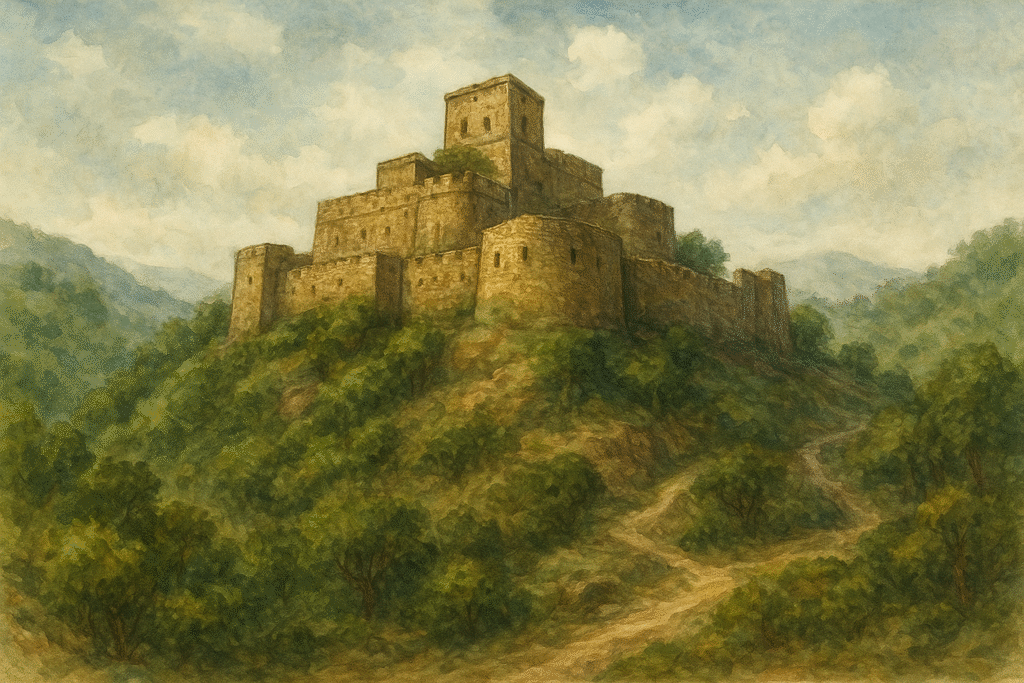
The Battle Begins (October 1814)
On October 31, 1814, the British launched their assault on Nalapani. Expecting an easy victory, they bombarded the fort. But the Gorkhas fought back with unyielding courage, holding their ground against repeated attacks.
For nearly a month, the small Gorkha garrison resisted. British troops, unaccustomed to the hilly terrain and guerrilla tactics, found themselves locked in a bitter struggle.
The Siege and the Water Crisis
Unable to break the defenses, the British cut off Nalapani’s water supply. What followed became legendary:
- The Gorkhas, instead of surrendering, conserved every drop and rationed food.
- Women and children inside the fort stood beside the warriors, carrying ammunition and tending to the wounded.
- Even in desperation, they refused to bow.
Finally, when survival was impossible, Balbhadra Singh Thapa made his decision.
The Last March of the Gorkhas
On November 30, 1814, with supplies exhausted and thirst unendurable, the Gorkhas opened the gates.
But instead of surrendering, they staged a heroic breakout:
- Armed with whatever weapons they had left, the survivors charged out of the fort.
- The British, stunned by their bravery, let them march out unmolested.
- General Balbhadra himself escaped with his men into the hills, undefeated in spirit.
The Battle of Nalapani was over, but the legend of Khalanga had been born.
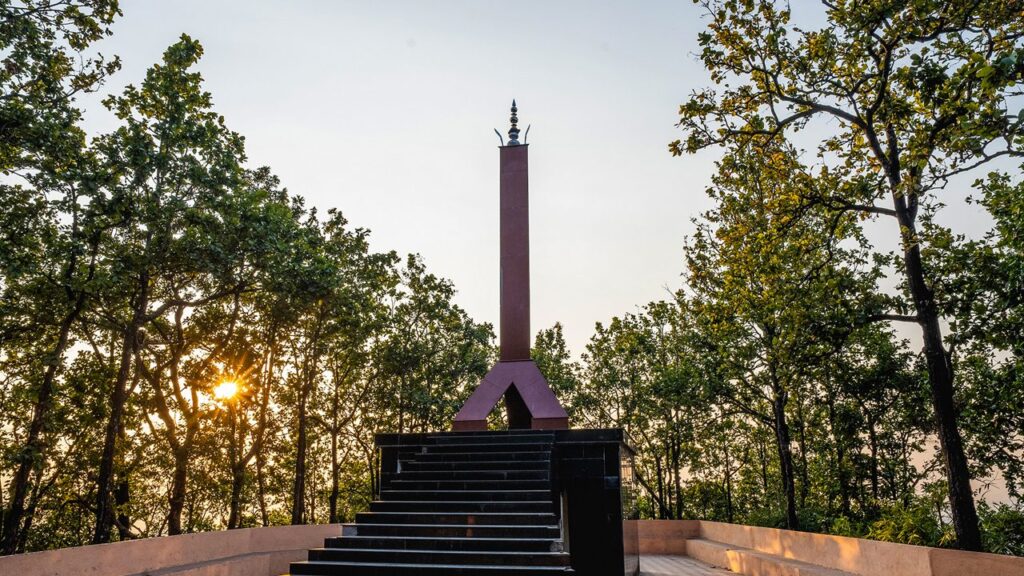
The Khalanga War Memorial
What makes this war unique is what came after. The British, who prided themselves on martial honor, were so deeply impressed by the courage of their opponents that they did something unprecedented:
They built a memorial at Khalanga—the very site of the battle—to honor the Gorkha soldiers who had fought against them.
It remains, to this day, the only war memorial in the world erected by victors for their defeated enemy.
Inscribed on it is the acknowledgment of the Gorkhas’ extraordinary valor, a timeless tribute to the human spirit of courage.
Legacy of the Khalanga War
The Khalanga/Nalapani episode left a lasting mark:
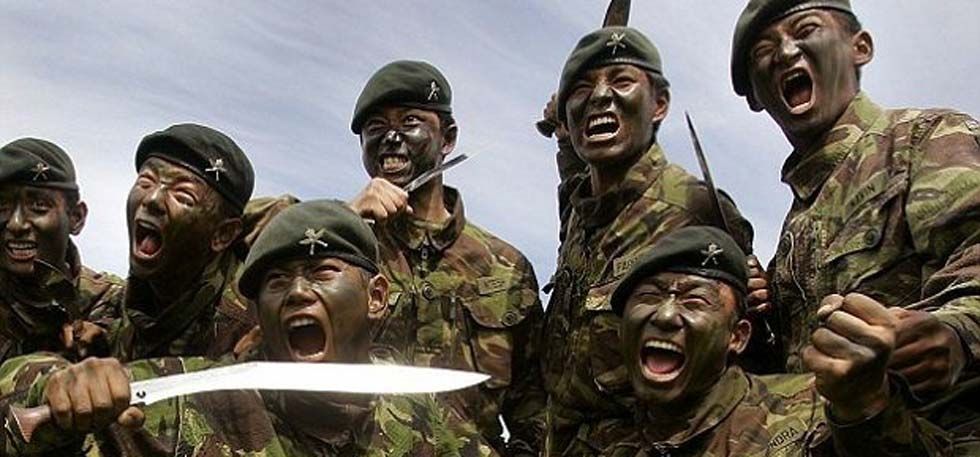
- Birth of the Gorkha Regiment: Impressed by their bravery, the British later recruited Gorkhas into their own army. The Gorkha regiments went on to become some of the most celebrated troops in British India.
- Shaping Uttarakhand: The Anglo-Nepalese War ended with the Treaty of Sugauli (1816), under which Kumaon, Garhwal, and Dehradun came under British rule, defining Uttarakhand’s modern boundaries.
- Symbol of Honor: For both Gorkhas and locals in Uttarakhand, the Khalanga War remains a point of pride, a story retold as an example of valor against overwhelming odds.
Khalanga Today
The Khalanga War Memorial still stands on Sahastradhara Road in Dehradun. Every year, Gorkha communities gather there to honor their ancestors who fought with unmatched courage.
For most visitors, it looks like a quiet stone pillar. But for those who know its history, it is a monument to bravery, resilience, and respect—a reminder that sometimes, even in war, humanity shines through.
Conclusion: The Spirit of Nalapani
The Khalanga War was not just a battle—it was a test of honor. Against impossible odds, the Gorkhas at Nalapani proved that courage is greater than numbers, and dignity greater than victory.
The British may have won the battle, but they left Dehradun with respect for their opponents carved in stone.
In the heart of Uttarakhand, the Khalanga War Memorial stands as a testament to the timeless Himalayan spirit—unyielding, fearless, and eternal.

